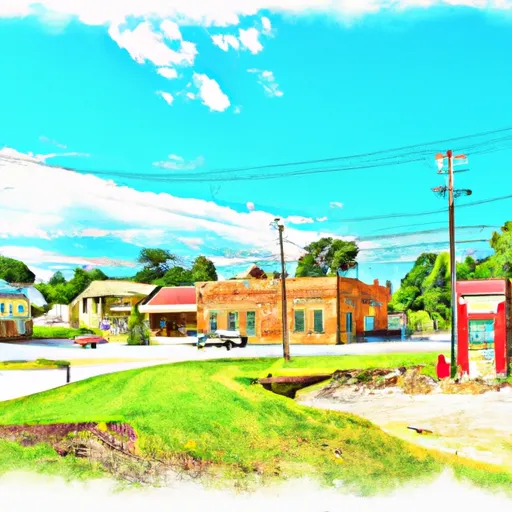°F
°F
mph
Windspeed
%
Humidity











Barronett is a small village located in the northwest region of Wisconsin, with a population of approximately 400 residents. The climate is characterized by cold winters and warm summers, with an average annual temperature of 44°F. The village is situated near the Yellow River, which is an important hydrological feature in the area. The river is home to a variety of fish species, including trout and smallmouth bass, making it a popular spot for fishing enthusiasts. Outdoor recreation opportunities in Barronett include hunting, hiking, and camping in nearby national forests. The village is also near several state parks, offering opportunities for boating, swimming, and picnicking.
Weather Forecast
Barronett receives approximately 824mm of rain per year, with humidity levels near 84% and air temperatures averaging around 6°C. Barronett has a plant hardyness factor of 4, meaning plants and agriculture in this region thrive during a short period during spring and early summer. Most plants will die off during the colder winter months.
Regional Streamflow Levels
2,670
Cubic Feet Per Second
153
Cubic Feet Per Second
1,110
Cubic Feet Per Second
75
Cubic Feet Per Second
Nearby Camping
| Camping Area | Reservations | Toilets | Showers |
|---|---|---|---|
| Waubonsie Trail Park | |||
| Lacey - Keosauqua State Park | |||
| Round Prairie Park | |||
| Lake Darling State Park | |||
| Sever Lake Conservation Area - MDC | |||
| Brinton Timber |



